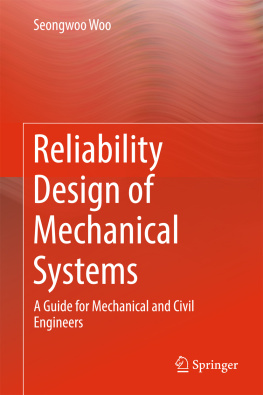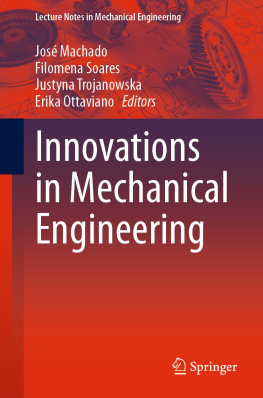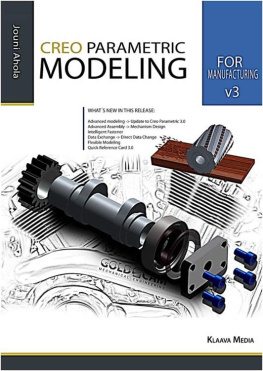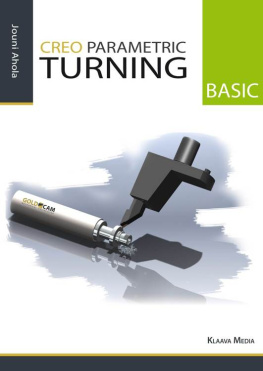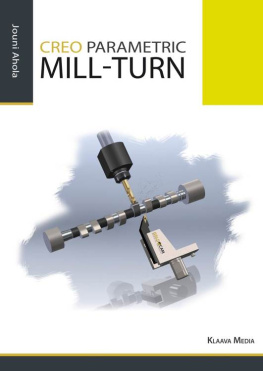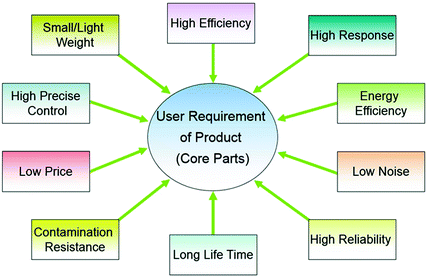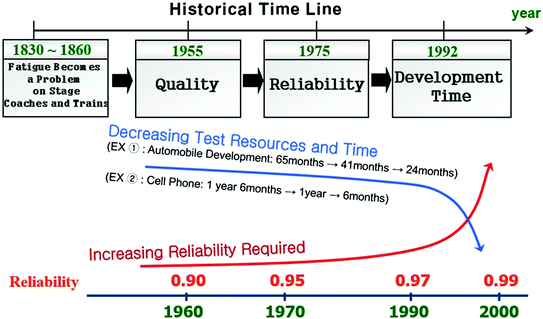1. Introduction to Reliability Design of Mechanical/Civil System
1.1 Introduction
As the frequent recalls for the new product occur globally, the term of product reliability seems to friendly be used to everyday life. The product quality and its reliability seem to become important requisites to ensure the continued success in the current global competitive marketplace. If the customer does not satisfy the product quality, it will be expelled in global market. Thus, it is important for the product design team to understand customer expectations or voices. The product reliability is to create a product that can properly work the required intended functions under all environmental conditions in operation lifetime of product. To achieve the reliability requirements in field, numerous conceptsbathtub, MTBF, and failure rate have been established in the last century. They also require the fundamental knowledge of the probability and statistics. As they are put to use, reliability could quantitatively describe the failure data from the marketplace.
As seen in Fig. , the product development in the field of the mechanical/civil engineering system is continually confronting to be satisfied with the end users requirementshigh control performance, high response, energy efficiency, low noise, high reliability, long life time, the latest hardware design, contamination resistance, low price, compact, and highly portable weight, and precision control for wide frequency range. To survive the competitive global environments, the company should manufacture the high-performance products that meet the customer expectations or their specifications.
Fig. 1.1
Customer requirements of product (or core parts)
Engineers, however, wonders if product development satisfies the requirement of these attributes in reality. Ironically, to get those attributes in the product design such as automotive and cell phones, the product development times are continually decreasing. On the other hands, product reliability in marketplace is highly required due to the recall costs. Thus, new product is hard to match the market requirements of productcost reduction, the shortening developing time, higher performance and reliability. From the standpoint of system engineering, companies are asked to establish the design process of satisfying the product requirements in the short development time. For example, while product development timeautomobile continued to shorten from 65 months to 24 months, reliability required increases from 0.9 to 0.99. These declines mean that companies have reliability methodology tools closely tied to the development process itself (Fig. ).
Fig. 1.2
Historical time line for product quality
As market is requiring, a myriad of technology innovations are constantly emerging and disappearing. People owing to a state-of-the-art technical renovations broaden their lives and widen their boundaries. On the other hand, they also experience frequent malfunctions as new product has been released in the marketplace. They ask to replace the problematic product with new one. To satisfy the end users requirements, most global companies have to be established in the product developing process that can find out the problematic design. As a matter of fact, they have traditional methodologies to achieve high product quality as qualitative-FMEA (Failure Mode Effective Analysis) and FTA (Fault Tree Analysis). But there is no quantitative methodology-reliability testing. And competitive company in high technology industries only can prosper in markets whose customers satisfy extreme needs, such as safety-critical mechanisms (aircraft) or high technology military armaments.
The established developing process of product in company can be largely classified as Research & Development (R&D) and Quality Assurance (QA). R&D is a core part of the modern company because major design decisions in firms are made based on its technical level. As companies define the design requirements from customer needs or past experiences, they start to develop new product that satisfies those specifications. R&D activities also are conducted by departments with high specialized person in technique. They design architectural structures, proper materials, and robust systems while considering the limitations-practicality, regulation, safety, and cost. A professional engineer can apply the scientific methods to solve out engineering problems by FEA (Finite Element Analysis). They also use the advanced manufacturing processes, expensive safety certifications, specialized embedded software, computer-aided design software, electronic designs, and mechanical subsystems. The design process of product embedded in reliability concept can be briefly defined as qualitative design process and quantitative design process. It will briefly flow down the product planning, concept design, basic design, prototype, detail design, and production (See Fig. ).
Fig. 1.3
New developing process of product embedded in reliability concept
For a detailed design of product, Quality Assurance (QA) will determine if the product is satisfactory to each company specifications. In other words the quality of product may be explained as the product specifications that are summarized as perception of the degree or the end-users expectations. Quality verifications in these forms was initially established by National Aeronautics and Space Administration (NASA), the military and nuclear industries in the 1960s. The specification-oriented development process was designed to develop better products that have no design modifications or technical innovations at that time. And it was focused on manufacturing, testing, and quality control, rather than design. At that time the typical design toolsdesign review, FMEA and FTA are to qualitatively accomplish the specifications of product quality but from a standpoint of quantitative quality, there is no design process and reliability methodology to achieve the reliability targets.

